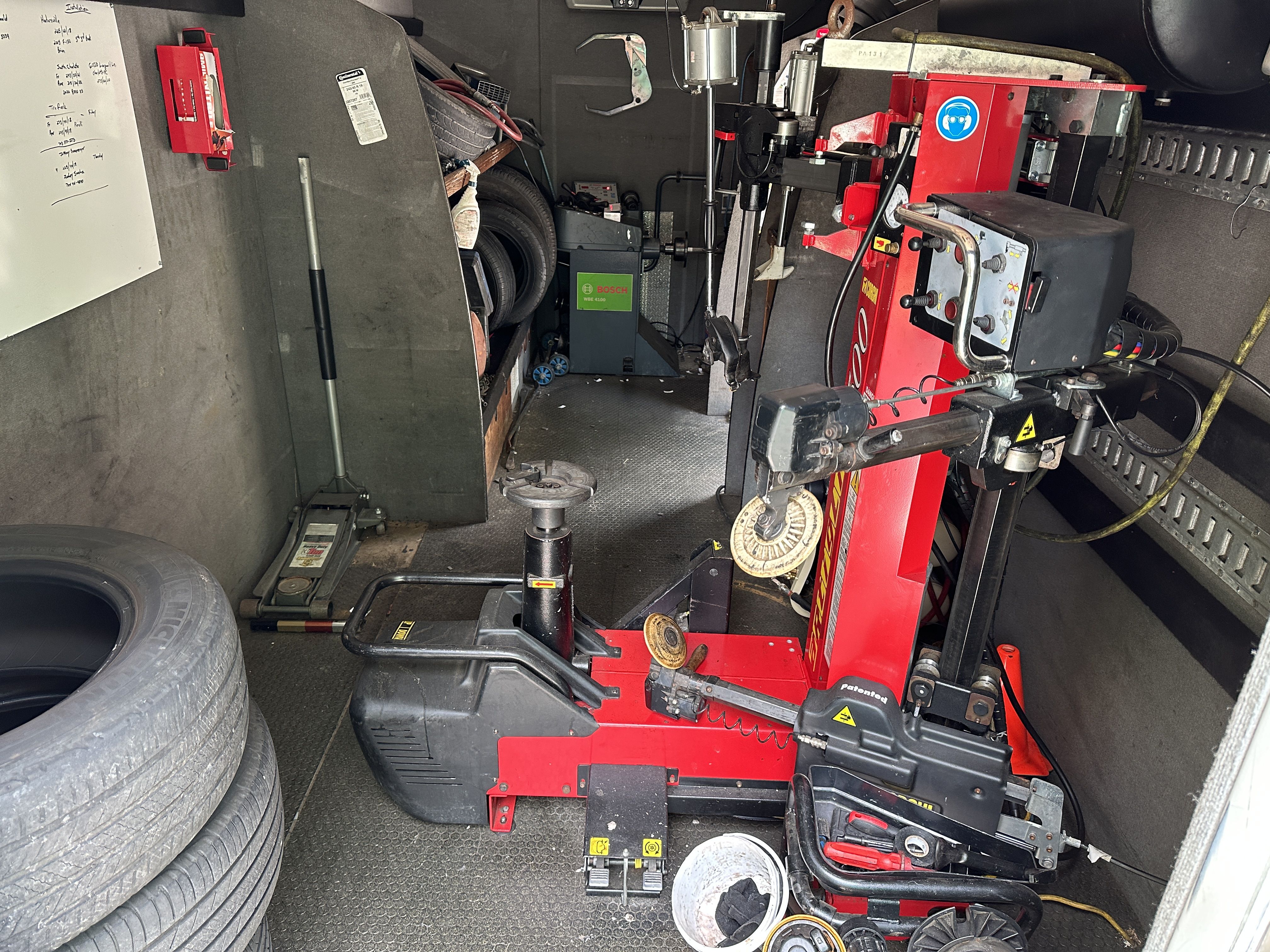Tire Service: Proven Methods for Ideal Tire Maintenance and Care
Preserving ideal tire condition is paramount for both safety and efficiency of any type of vehicle. From making certain correct tire pressure to routine turning and placement, there are tested methods that can substantially expand the lifespan of your tires and enhance overall driving experience. As we discover the complexities of tire care and maintenance, we will certainly uncover crucial guidelines that every lorry owner should abide by for the best feasible results. Let's explore the world of tire service and discover the keys to keeping your tires in superior form for the long run.
Importance of Tire Stress
Ample tire pressure promotes better fuel effectiveness, as under-inflated tires can lead to raised rolling resistance, triggering the engine to function tougher and eat more fuel. Right tire pressure guarantees even tread wear, improving tire longevity and saving money in the lengthy run by delaying the need for premature substitutes. Frequently changing and examining tire pressure, specifically before long trips, is a simple yet reliable way to enhance automobile efficiency, prolong tire life expectancy, and focus on security on the roadway.
Tire Rotation Standards
When taking into consideration tire turning standards, it is vital to comprehend the importance of this maintenance job in making the most of tire life-span and maintaining ideal automobile efficiency. Tire rotation entails altering the setting of each tire on a car to make sure even walk wear. Front tires have a tendency to use extra rapidly than rear tires due to steering forces, making routine rotation critical for balanced wear patterns. The advised turning pattern differs depending upon whether a vehicle is front-wheel, rear-wheel, all-wheel, or 4x4. Commonly, tires ought to be turned every 5,000 to 7,500 miles, or as encouraged in the lorry manual. Neglecting tire rotation can lead to unequal wear, impacting handling, grip, and possibly compromising vehicle safety and security. By adhering to appropriate turning standards, chauffeurs can expand the life of their tires, enhance fuel efficiency, and enhance general driving experience. Regular turning is an easy yet efficient upkeep technique that adds considerably to tire long life and lorry efficiency.

Advantages of Wheel Positioning
Ensuring correct wheel positioning after tire turning is important for maintaining balanced wear patterns and maximizing automobile performance. In addition, right wheel placement aids to expand the life-span of your tires. Misaligned wheels can create uneven tire wear, leading to early tire replacement and raised upkeep expenses.

Tire Tread Deepness Examine
Performing a routine assessment of tire tread depth is crucial for maintaining safe driving problems and lengthening the life-span of your tires. The tread on your these details tires plays a critical role in supplying grip, specifically in slippery or damp conditions. To check your tire tread depth, you can utilize a walk deepness scale or the dime test. The advised step deepness is at least 2/32 of an inch. If the tread deepness is listed below this limit, it is time to change your tires to make sure optimal performance and safety when traveling. Uneven tread wear can indicate concerns with tire placement, suspension, or stress, highlighting the relevance of normal walk depth checks. Overlooking to monitor and keep correct tread depth can lead to reduced visit here grasp, longer stopping ranges, and a boosted danger of hydroplaning. By incorporating tire step deepness look into your routine upkeep schedule, you can drive with confidence knowing that your tires remain in top problem.
Seasonal Tire Examination
Seasonal tire examination is a basic element of tire maintenance that ensures tires are ready to encounter the obstacles postured by different weather conditions. In prep work for wintertime, it is vital to check the tire stress consistently as cool temperatures can cause tire pressure to drop. By carrying out regular seasonal tire evaluations, chauffeurs can lengthen tire life-span, boost fuel performance, and most notably, guarantee a protected driving experience in varying climate problems.
Conclusion
Finally, preserving proper tire stress, rotating tires regularly, straightening wheels properly, keeping track of step depth, and carrying out seasonal inspections are important techniques for optimal tire treatment. By following these confirmed methods, vehicle drivers can ensure their tires last much longer, perform much better, and contribute to total vehicle security. It is necessary to focus on tire maintenance to stop crashes, improve gas performance, and prolong the life expectancy of tires.
Adequate tire pressure advertises much better fuel effectiveness, as under-inflated tires can lead to boosted rolling resistance, causing the engine to function more difficult and take in even more gas.When considering tire rotation standards, it is crucial to comprehend the significance of this maintenance task in making best use of tire life expectancy and keeping optimum lorry efficiency. Seasonal tire examination is an essential facet of tire upkeep that my blog ensures tires are ready to face the challenges presented by different climate conditions. By carrying out routine seasonal tire assessments, vehicle drivers can lengthen tire life-span, boost gas effectiveness, and most importantly, make certain a safe and secure driving experience in differing weather condition problems.
In conclusion, keeping correct tire pressure, rotating tires routinely, lining up wheels properly, checking walk depth, and carrying out seasonal assessments are essential methods for ideal tire care.